Written by Zillah de Groot
When you observe in our classrooms, you see that we, the guides, are not controlling the children's every move. They walk around freely and can leave the classroom without asking. Children walk to get new work, to ask their classmates for help, to have a snack, to go to outside-work or another activity.
The children are free to interact with others. This is encouraged and it would be hard to stop it, because it is one of the characteristics of this age group. You will also see children cooperating in learning together, helping each other or giving a presentation to a small group of peers. We give our children the freedom to interact with others.

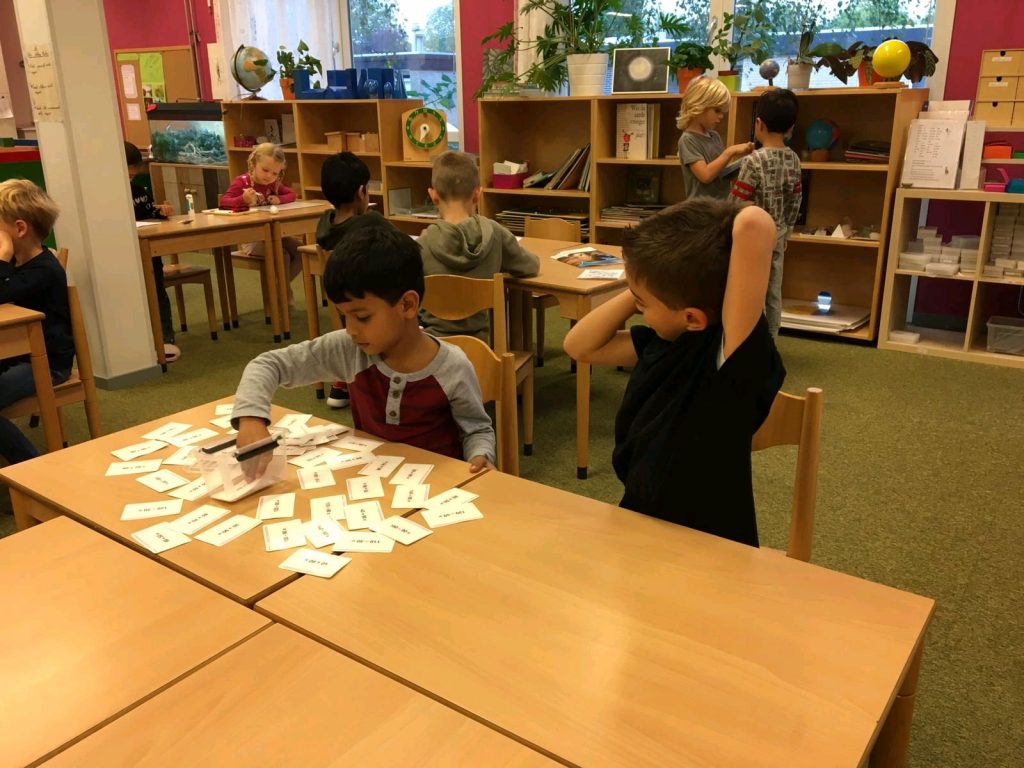
You might also see children that seem to be just walking around, looking at others working, briefly listening in on a presentation or looking out of the window. Our children have the freedom to reflect and pause. We as adults cannot work non-stop, we too need some time to pause and let our minds drift. In our environments you will see that we allow children to circulate, listen in, pause and reflect. This will help their brains structure the information they have just learned and get ready for the next activity. Our guides are skilled observers.
What are we looking for when we see a child walking around, talking to others or ‘dreaming away’? We are looking for discipline. When does the child show that they are ready for a new work, ready to focus again and work towards the next goal he set for himself? This will show us how the child is developing his own will, his own discipline. When is the child ready to tell himself to go back to work? And what choices is the child making?
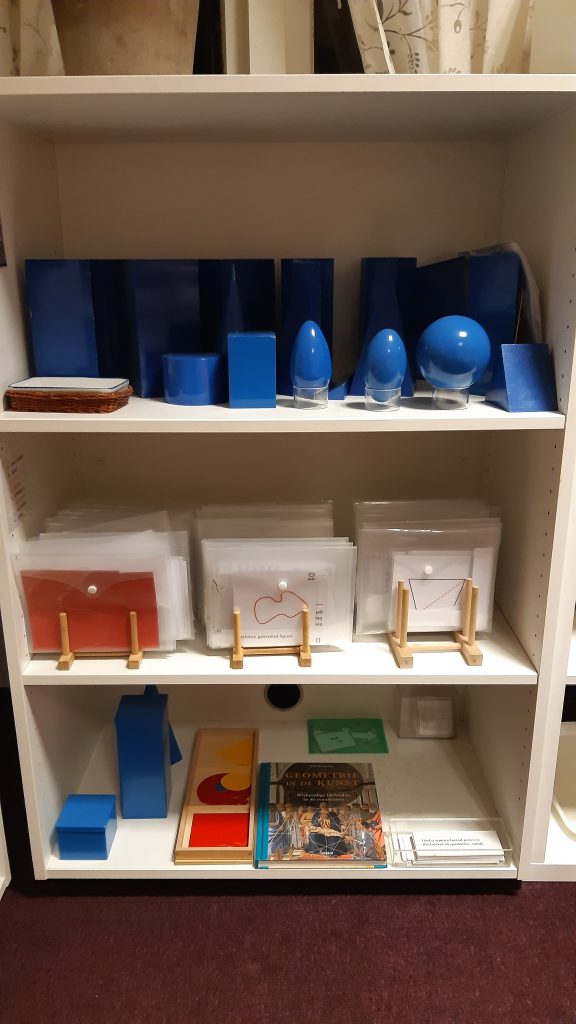
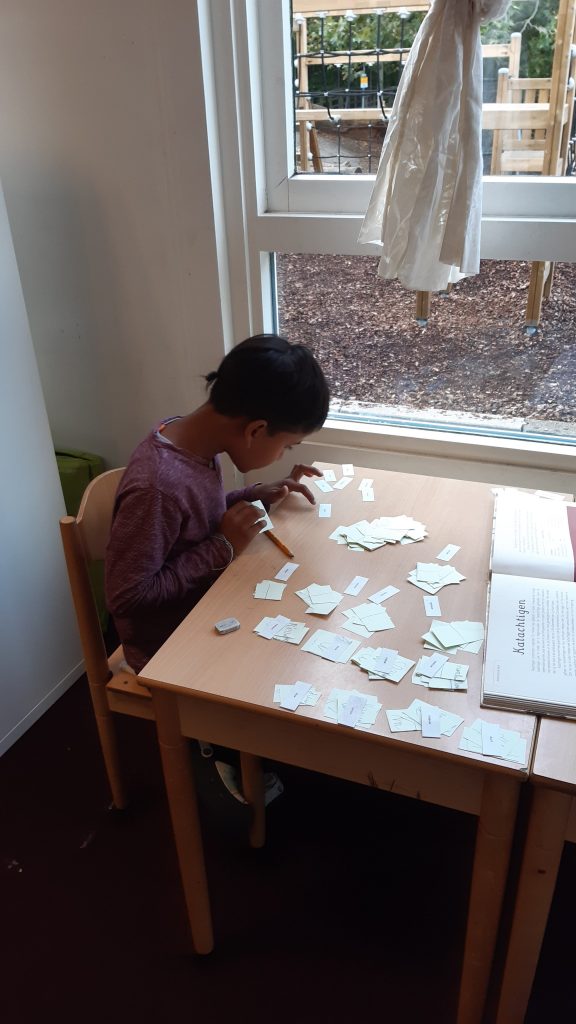
To help children make good choices, our guides prepare the environment carefully. What does the child need in order to choose his own work, to find a good spot to sit, to interact respectfully with others, to develop? When you look in our environments, you will find different workplaces. Single tables, group tables, mats for working on the floor. The materials are displayed purposefully, most lids are off the boxes so the children can see what the material looks like and make a better decision.
Besides observing, the guides are there to help the child and make him aware of his behaviour, his responsibilities. And children will make mistakes, they are only starting to train the will. Discipline is a choice you make. How are you making good choices?
In our class meetings, we can reflect on these choices with the children. They are allowed to make mistakes; they have this freedom. We talk with our children about this. Not only in a class meeting, but also in our one to one mentor meetings.

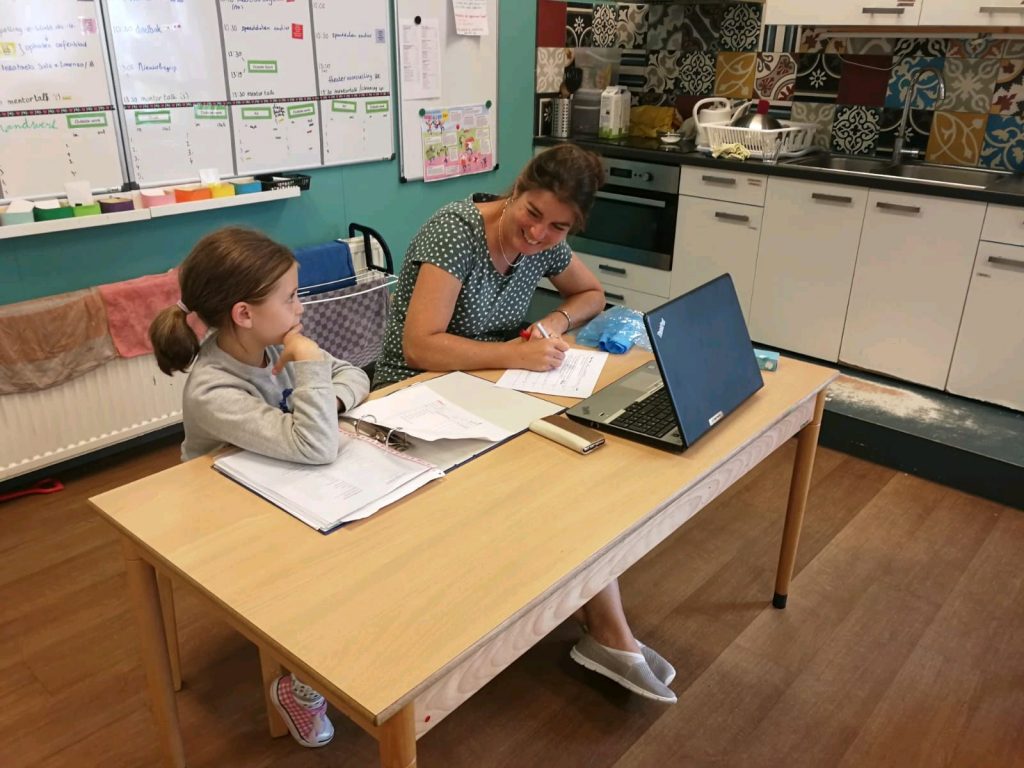
Here we discuss what goals the child is setting for himself and how he will reach those goals. What does the child need to learn long multiplication? Does he need a lesson from a classmate, does he need a quiet place to sit for 30 minutes every day to really focus and practice, or does he need others to work with to stay motivated and keep progressing? Also here, the guide in a mentor role cannot control everything. The child is the one that needs to try it out and see if it works. At the next meeting you can both talk about what worked and fine-tune the plan. Where did the child make good choices and where does she still need help?
With freedom comes responsibility.
At our school we learn and work, we are respectful to others and don’t interrupt unnecessarily. The guides are also there to help remind children of these responsibilities. So children sometimes will be asked to move to another work spot if they can’t work without interrupting, or we remind the child of cleaning up after snack, if another child hasn’t reminded him already.
Freedom is for the individual, for his own development. Freedom within clear boundaries gives the child the best opportunity to develop according to his own plan. Discipline and responsibility is also for society. There needs to be a good balance.
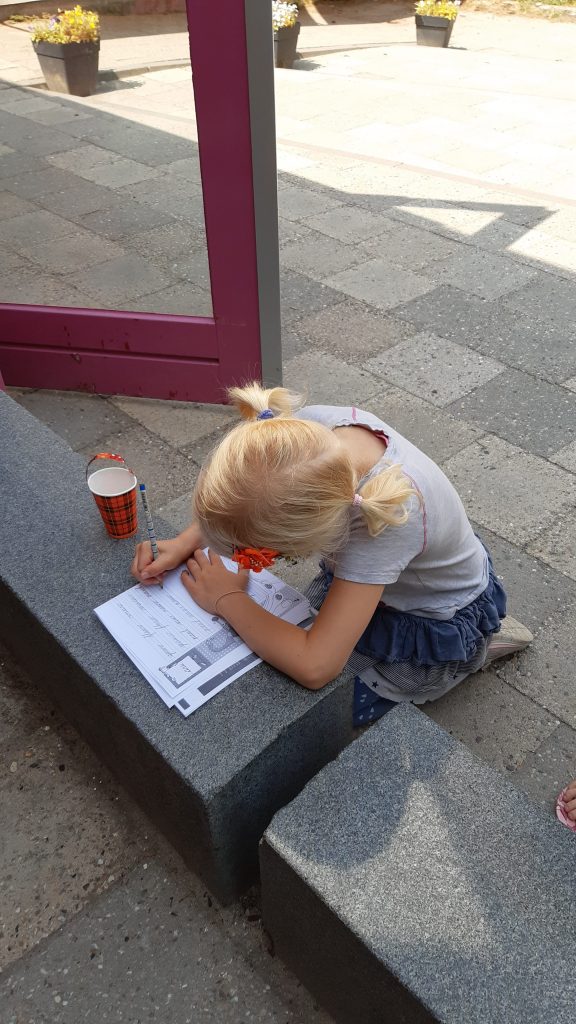
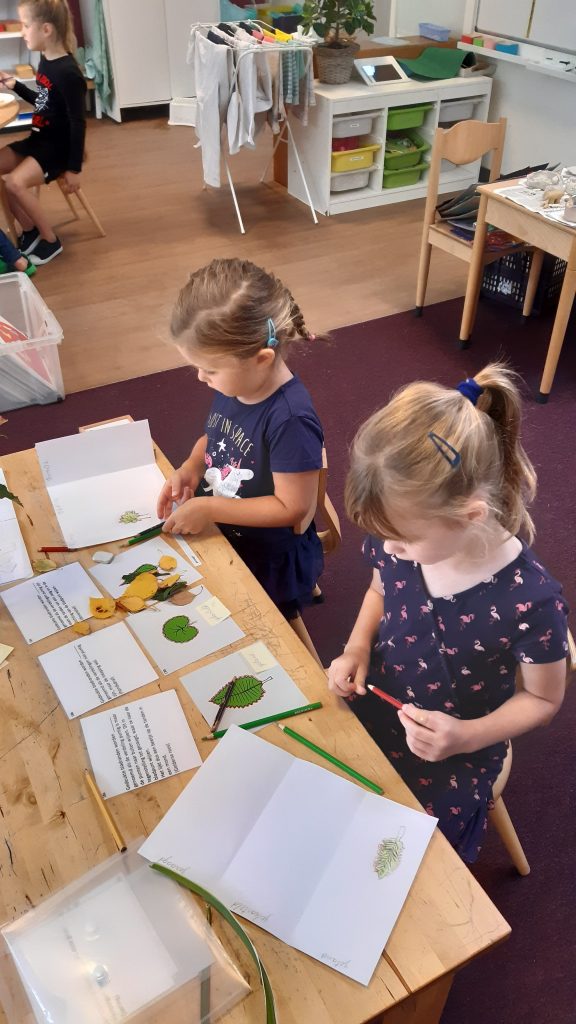
“The child who has never learned to work by himself, to set goals for his own acts, or to be the master of his own force of will, is recognizable in the adult who lets others guide him and feels a constant need for the approval of others.”
- Education and Peace, Maria Montessori
Freedom, discipline, responsibility, the will; all of this is being developed by the child while he is at work in our environments. With the right balance, we will see a child come into the classroom environment, planning his work, saying hello to some friends and maybe plan some work with them, continue setting up his work and then focusing on getting it done. Maybe he gets up along the way to ask a friend for some help. After putting the work away, he might walk around, feeling relaxed, helping another child. Then see that there is a free space at the snack table and he will join some friends there. Clean his space and have it ready for the next child. Time for more work: Looking in his portfolio for the next goal, finding the friends he needs to continue with their presentation together, etc.
All of this, with the right balance, can be done with minimal interference from the guide. We are always there if we are really needed, but step back when we can.

